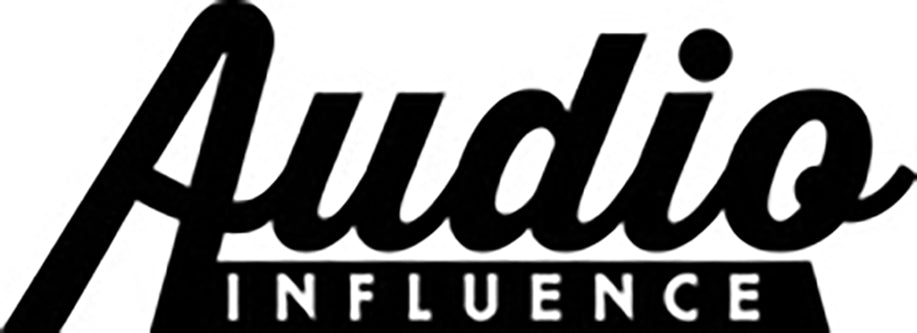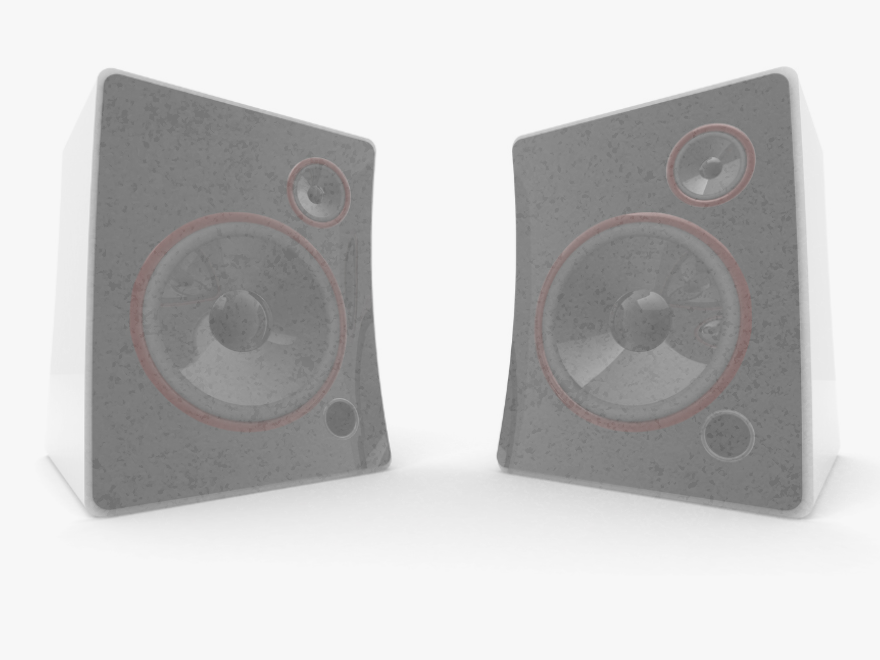Proper placement of bookshelf speakers is critical if you want to enjoy an immersive listening experience. By following some fundamental rules on the role of room acoustics, you can optimise your speaker setup and create a balanced soundstage.
Place the speakers at ear level, angle them towards the listening area, and maintain an equilateral triangle between the speakers and the listener, while also considering room acoustics and avoiding reflective surfaces.
Let's look at advanced placement techniques, including in-depth information on optimising your home audio setup.
Factors to Consider Before Positioning Your Bookshelf Speakers
Before diving into the placement process, consider the following factors that will influence your speaker setup:

- Room size and shape: Determine the dimensions of your listening space and identify its unique features, such as wall angles, windows, and doors.
- Listening position: Identify your primary listening position, usually a couch or chair, and plan your speaker placement around it. This is important for both small areas and large.
- Speaker specifications: Review your speaker manufacturer's guidelines for placement and room requirements.
- Surrounding furniture and objects: Consider potential obstacles and how they may affect sound reflections and absorption.
Basic Placement Guidelines For Bookshelf Speakers
Speaker height
- Ear-level placement: Ideally, the tweeters should be at ear level when seated in the primary listening position. This height ensures proper sound dispersion and imaging.
Suggested speaker height based on seating type
Seating Type |
Suggested Speaker Height |
Low-seated couch |
24-28 inches (60-70 cm) |
Standard armchair |
30-36 inches (76-91 cm) |
Elevated bar stool |
42-48 inches (107-122 cm) |
- Adjusting for different seating arrangements: If your listening area has multiple seating types, find an average height that works best for all seats.
Bookshelf Speaker Distance
- Equilateral triangle rule: Look to position your speakers and listening position to form an equilateral triangle. The triangle is formed by having the speakers and listener each having equal distance between each other.
- Room boundaries and reflection points: Place speakers at least 2 feet (60 cm) away from walls to minimise early reflections and boundary reinforcement.
Toe-in Angle For Bookshelf Speakers
The toe-in angle of a bookshelf speaker refers to the angle at which the speakers are rotated or "pointed" towards the listening position.
Instead of facing directly forward and parallel to the front wall, the speakers are slightly angled inward so that the tweeters are aimed towards the listener's ears.
Toe-in can significantly impact the imaging, soundstage, and tonality of a stereo system. By adjusting the toe-in angle, you can influence the focus and width of the soundstage, as well as the perceived balance of high-frequency content.
The optimal toe-in angle varies depending on factors such as speaker design, room acoustics, and personal preferences.
To find the best toe-in angle for your setup, you can start by positioning your speakers with a moderate angle, around 15-20 degrees.
Then experiment with increasing or decreasing the angle while listening for changes in soundstage and tonality.
Some listeners may prefer a more focused central image with a greater toe-in angle, while others may prefer a wider soundstage with less toe-in.
The goal is to find the angle that provides the most balanced and cohesive sound in your specific listening environment.
Avoiding over-toeing: Excessive toe-in can lead to a narrow soundstage and an overly focused central image.
Proper Bookshelf Speaker Stand Selection
- Stability and mass: Choose stands that provide stability and adequate mass to minimise vibrations and resonance.
- Material considerations: Opt for dense materials like steel, sand-filled columns, or wooden stands with vibration-absorbing features.
Advanced Speaker Placement Techniques
Bass management
- Adjusting speaker distance to walls: To minimise bass build-up and standing waves, avoid placing speakers at equal distances from side and rear walls.
- Utilising bass traps and acoustic panels: Implement bass traps in room corners and absorption panels at reflection points to control low-frequency energy.
Symmetry and balance
- Importance of symmetrical speaker placement: For a balanced soundstage, ensure symmetrical placement of speakers relative to the listening position.
- Achieving a balanced soundstage: Make minor adjustments to speaker distance and angle to fine-tune imaging and tonal balance.
Addressing Common Room Issues
Combating reflections and room modes
- Identifying problematic areas: Use a mirror or laser pointer to identify first reflection points on walls, ceiling, and floor.
- Utilising absorption and diffusion materials: Install absorptive materials (such as acoustic foam or fibreglass panels) at first reflection points and diffusers on other surfaces to scatter sound energy and reduce echoes.
Managing unwanted resonance and vibrations
- Decoupling speakers from surfaces: Prevent the transfer of vibrations from speakers to surfaces by using isolation pads, foam wedges, or speaker spikes.
- Isolation pads and speaker spikes: Choose the appropriate decoupling method based on your speaker stand material and flooring type.
Fine-tuning Your Bookshelf Speaker Setup
Listening tests and adjustments
Using test tracks and music: Employ a variety of test tracks, including those with well-recorded vocals, instruments, and sound effects, to evaluate your speaker setup.
Evaluating soundstage, imaging, and tonal balance: Follow these steps to fully evaluate:
- Soundstage: Listen to how wide and deep the music sounds. Pay attention to how different sounds and instruments feel like they're placed in the space around you.
- Imaging: Focus on how clear each instrument is, and if you can easily tell them apart. Good imaging means you can "see" where each sound comes from, like you're at a live concert.
- Tonal balance: Listen to the bass, middle, and high sounds. They should be well-balanced, so no part is too loud or too quiet compared to the others.
By paying attention to these factors, you can better understand the quality of audio equipment or recordings and enjoy your music more.
Recommended test tracks for speaker setup evaluation
Track Title |
Artist |
Album |
Hotel California |
Eagles |
Hell Freezes Over |
Toto |
Africa |
Toto IV |
Take Five |
Dave Brubeck |
Time Out |
Massive Attack |
Angel |
Mezzanine |
Bubbles |
Yosi Horikawa |
Wandering |
Room Correction Software and Tools
- Digital signal processing (DSP): Utilise DSP technologies, such as room correction software, to compensate for room-related issues and optimise speaker performance.
- Room EQ Wizard (REW) and Dirac Live: Popular room correction tools like REW and Dirac Live can help analyse your room's acoustics and apply corrective equalisation filters.
Conclusion
Achieving optimal sound from your bookshelf speakers is a combination of following fundamental guidelines and experimenting to find what works best in your unique listening environment.
Personal preference plays a significant role in fine-tuning your setup, so trust your ears and make adjustments accordingly.
Continuously improving and maintaining your speaker setup will ensure a consistently enjoyable and immersive listening experience.



Share:
Bookshelf Speakers vs. Floorstanding Speakers: Which is Right for You?
A Guide to Choosing and Setting Up Bookshelf Speakers For Small Spaces